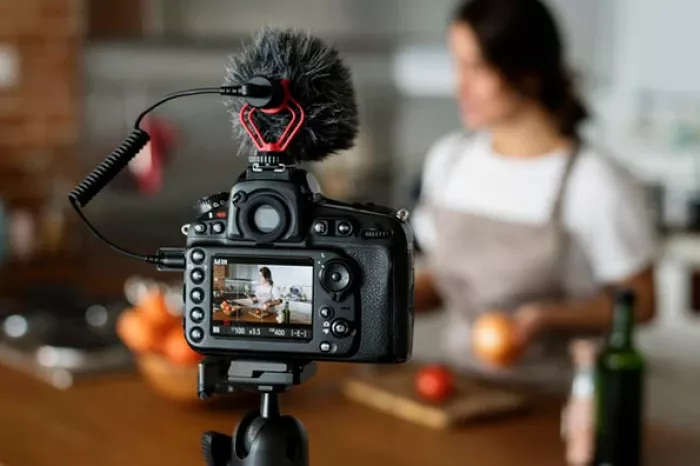Whether it’s keeping millions of followers glued to their seats, creating catchy commercials that make sales, or spreading awareness with an impactful message, videos are the undisputed go-to option to reach these goals. Indeed, video content has taken over modern stories, mixing talent and technology in a way that has never been seen before.
Want to go from experimenting with videography to mastering the art or even becoming a true filmmaker? Here are six steps that will get you on the right path.
Invest in & Understand Your Equipment
While creating amazing-looking videos and even feature films with your smartphone’s back cameras is possible, dedicated videography equipment is essential for elevating your skills. Don’t worry, though—it doesn’t have to break your bank.
Nowadays, there are plenty of second-hand DSLR or mirrorless cameras available for much less than buying them new, and they will still give you a leg up. You can check out online marketplaces, photography groups, and forums where like-minded people sell their used cameras. In addition to the camera, be sure to get a dedicated microphone to achieve far better audio quality and isolate voices and other desirable sounds more easily.
Understanding the nuances of your equipment is crucial. Take the time to familiarize yourself with the relationship between aperture size, shutter speed, and ISO. Also, explore white balance and exposure settings to create uniform shots that will be easier to ensure consistent shots that are easier to normalize and color grade during editing.
Learn Framing & Lighting Techniques

As a videographer, you’re expected to have a keen eye for presenting the subjects you film in the best possible light. Learning how to frame and properly light scenes will instantly enhance the quality of your work.
Start with the basics, such as applying the rule of thirds for framing and setting up consistent three-point lighting. As your skills develop, experiment with cinematography techniques like extreme close-ups and Dutch angles or use ambient lighting to create a specific mood and atmosphere.
Create a Story
Boredom is the videographer’s mortal enemy, especially with today’s audiences and their ever-shortening attention spans. Combat this by combining storyboarding and creative storytelling into a seamless, engaging narrative that keeps viewers hooked. Plan scenes to flow logically and prioritize showing rather than telling to captivate your audience.
Master the Right Software
Once you have enough raw footage, it’s time to assemble it into a coherent video using reliable editing software. Video editing is an art in itself, requiring you to select the most impactful shots, maintain overall audiovisual consistency, and apply color grading to leave your stylistic mark.
However, video editors are just the most fundamental tool in your toolkit. Depending on your target audience and goals, you may also need to master 3D animation software or streaming tools. Digital asset management and collaboration tools will become invaluable as your projects and reputation expand, along with cloud storage, budgeting, and time-tracking tools.
Keep in mind that you’ll also need password-protected accounts to access most online and subscription-based tools. So, if you ever find yourself asking, “How secure is my password?”, your first step shouldn’t be purchasing more software but rethinking your online security strategy.
The last thing you want is for any of them to be hacked, potentially exposing your hard work and sensitive information about you and your clients. While it might not seem directly related to videography, using the best password manager ensures all your video production and editing software accounts have the strongest possible protection.
Become a Part of the Community
While videography can often feel like a solitary pursuit, connecting with other aspiring videographers and professionals will help you grow much faster. Join online communities, collaborate on projects, and attend industry events to expand your network and meet talented individuals who could help kickstart your career.
Practice, Practice, Practice!
Cliché or not, you won’t get anywhere unless you maintain a healthy creative output. Complete smaller projects regularly to build up muscle memory and sharpen your creativity. Get to know your equipment inside and out, and have fun recreating some of your favorite shots. Additionally, don’t forget to participate in challenges and ask for feedback from other aspiring creators.
Videography takes a while to master. Even so, sticking with it and learning from the many mistakes you’ll undoubtedly make will improve your technical skills and boost your confidence, allowing you to take on ever greater challenges and make your mark.
Post Comment
Be the first to post comment!
Related Articles




